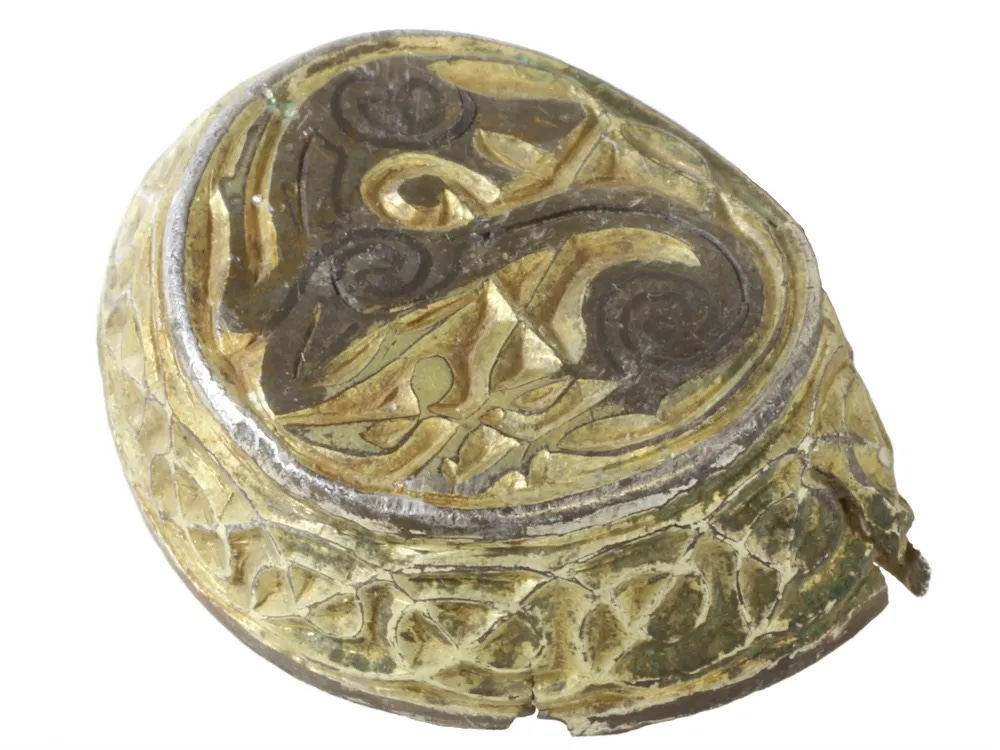Hello everyone and Happy New Year!
I don’t know about you, but I’m very excited about what 2024 holds. I have a good feeling about this year (but I’m also trying not to jinx it). How are you entering the new year? Are you setting resolutions or winging it?
This week, I introduced a new feature for Unruly Figures: The Big Questions. It’s a discussion thread for us to discuss some of the mysteries left in a person’s life.
I’ve also decided to leave the reader survey open for a few more days. Don’t miss your chance to win a $50 gift card to the store of your choice (with limits) and tell me what you want to see more of in 2024.
Okay, onto the main event: history acting unruly in the news.
If one of your resolutions is to sleep better, don’t feel beholden to the “rules” of 7-9 hours of continuous night-time sleep. Take a look at the pre-Industrial biphasic sleep theory that had humans sleeping a few hours, waking, and then sleeping again. This “sentinel function” has interesting ramifications on our inherited sleep habits today.
Were some of your gifts late last year? That may be because this shipping lane, Bab el Mandib, is currently being fought over. And this is not the first time—this narrow waterway has played an enormous role in human history.
How Epiphany (January 6 or January 19, for those still using the Julian calendar) is celebrated by different Christian denominations.
If you’ve got some serious holiday money socked away, consider this auction of ancient armor going on at Christie’s on January 30th.

A (gorgeous!!!!!) Roman cavalry helmet. Look at how it protects the ears! Photo courtesy of Christie’s Images Ltd, 2023. Tomorrow (January 8, 2024), private companies United Launch Alliance and Astrobotic are planning to launch the first commercial mission to the moon’s surface with a payload that includes human remains. Navajo Nation President Buu Nygren, has called for the delay of the mission, saying, “It is crucial to emphasize that the moon holds a sacred position in many Indigenous cultures, including ours. We view it as a part of our spiritual heritage, an object of reverence and respect. The act of depositing human remains and other materials, which could be perceived as discards in any other location, on the moon is tantamount to desecration of this sacred space.”
Speaking of Indigenous cultures, this once-isolated tribe in the Amazon has taken up social media in order to try to preserve their land and their way of life.
Take a look at how Japan has used disasters to prepare for the future.
This broach bought for $25 turned out to be made by famous Victorian Gothic-Revival designer William Burges. It’s now on auction and is expected to fetch $19,000.
In archeology…
This teeny tiny Anglo-Saxon artifact, also found in the UK, is absolutely stunning. So far, archaeologists have no idea what it was for.

The use of this 1,200-year-old artifact found in Norfolk remains a mystery. Source: Andrew Williams / Norfolk County Council A man selling his father’s home in Brussels found a bas-relief that he thought might have some archaeological significance, so he sent it to an archaeologist. He was right—it’s been missing from Pompeii since 1975. Bought by the family while touring Italy, it seems it was stolen by the seller. The family is returning it to Italy, but they’d like to be financially rewarded for keeping the piece intact all these years. (This article is in French, hence my slightly longer-than-usual summary.)
And in case you missed some last year, here’s a round-up of 7 of the best archaeological discoveries of 2023.
In art news:
Pauline Boty is finally getting her moment. One of the few artists who depicted Marilyn Monroe as a person, not a sex object, Boty’s work was ignored for years after her tragic early death. But now she’s finally breaking auction records.

Colour Her Gone, 1962, Pauline Boty. Source. Speaking of art, the Old Masters are usually, well, men. Here are 8 overlooked female Old Masters that deserve more recognition.
In 1966, the Beatles were basically stuck in their hotel in Tokyo. To pass the time, they divided a canvas into four sections and each painted their section. The result, Images of a Woman, is a visually stunning piece of work—that’s going on auction next month.
A painting looted by the Nazis has finally been returned to the original collector’s heir.
The final suspect in a 20-year-old art heist case has finally turned himself in.
Even though ancient maps didn’t really say “here be dragons,” this 16th-century map is teeming with terrifying sea creatures. Thing is: they were based on a real animal.
Okay, one single globe does say “here be dragons.” But it’s literally only one: The Hunt-Lenox Globe.
According to researchers, this mysterious hillside carving in Dorset has been called Eadwold for centuries, linking it with the local abbey and its patron saint. But it’s actually a much older image of Hercules. (I first heard about this one through TikTok—Charlotte’s coverage of it is fascinating.)






